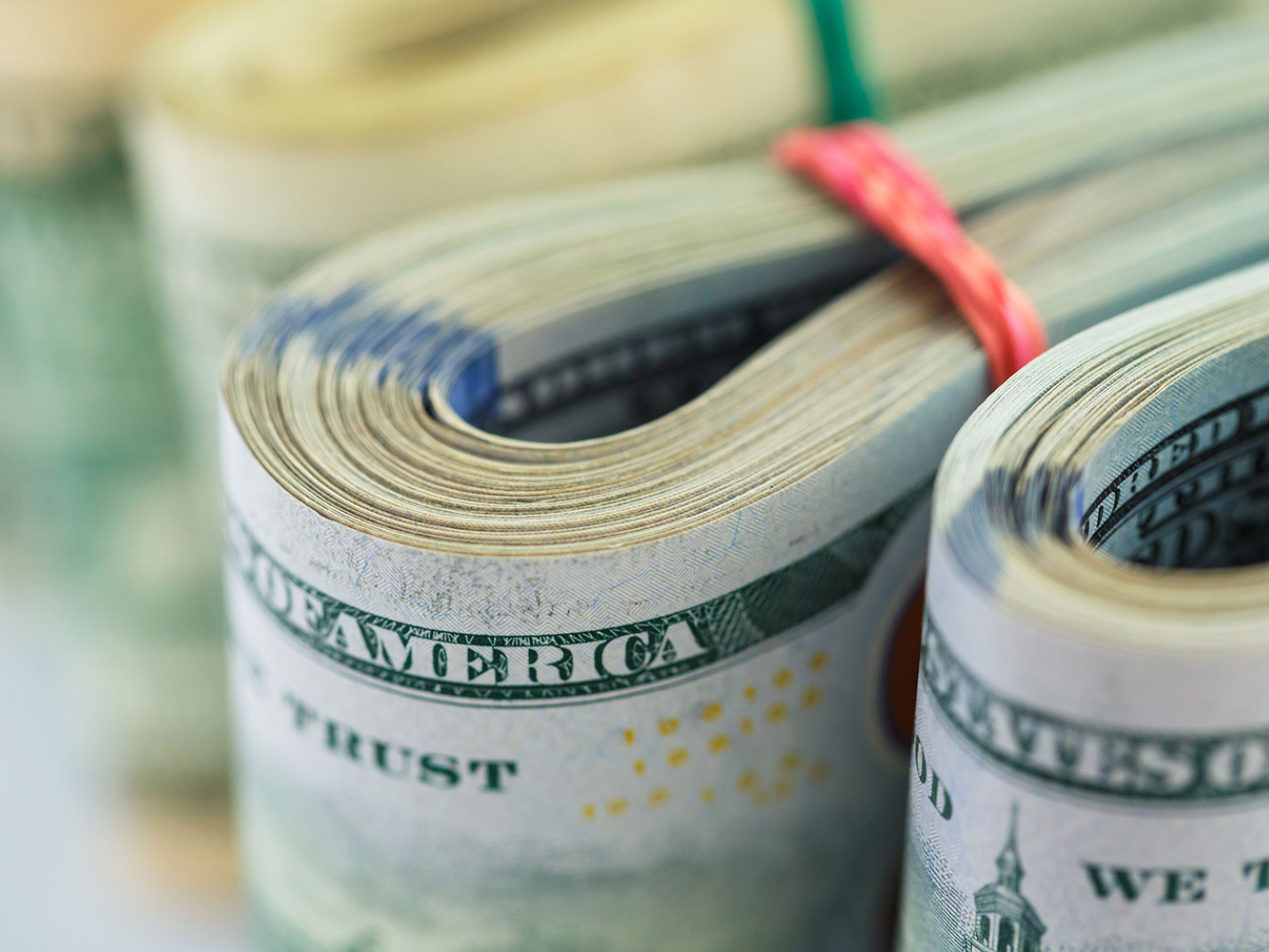
Many Americans are familiar with the president’s headline efforts to cancel student debt altogether (currently awaiting consideration by the Supreme Court following legal challenges), but fewer know that the White House’s student loan forgiveness agenda, which includes several lesser known policy actions, has already cost taxpayers billions; $255 billion, to be exact.
Earlier this week, the American Enterprise Institute (AEI) published a new data tool; the student loan forgiveness tracker. This effort, led by my colleague Nat Malkus, provides a running total of federal revenue forfeited thus far during the Biden administration (and to a lesser extent, the Trump administration) through changes to student loan repayment policy—provides a critical contribution to the public discourse on the issue of student loan cancellation.
The data provides a striking reminder; that the most innocuous seeming of all of these efforts thus far, the student loan repayment pause, has already cost taxpayers inordinate sums of money. In fact, the revenue lost to the student loan repayment pause—originally enacted under President Trump but then extended repeatedly by the Biden administration—exceeds that of all the other, more explicit loan cancellation efforts combined by a factor of 4.
The repayment pause alone is responsible for over $200 billion in forgone federal revenue. This money will not be earned back later—it is forgiven interest accumulation that will never be recovered. In essence, delaying the restart of student loan repayment long after the end of the precipitating event – the onset of the covid recession – is akin to de facto forgiveness at a scale that is easy to underestimate.
Even though their fiscal impacts are swamped by the repayment pause, other student loan policy actions have also produced dramatic losses of federal revenue. Many of the dollars forfeited through these programs were dollars well spent—borrowers shouldn’t spend a lifetime saddled with truly unaffordable debt — but others were of questionable social value, like the spending through the PSLF waiver that went to relief for high-earning borrowers.
[Related: “Why the New Student Aid Formula Spells Trouble for Families”]
Spending, or similarly forgone revenue, is justified when it goes toward aiding the economically vulnerable or toward shoring up our system of higher education to be a pathway for social mobility. But many of the dollars spent through recent efforts fall clearly short of that mark.
Take President Biden’s changes to the Public Service Loan Forgiveness Program, known at the PSLF Waiver. It lifted some income requirements for borrowers trying to qualify for loan forgiveness, allowing many high earning borrowers to have their loans forgiven. Earnings alone don’t tell us everything about an individual’s financial circumstances, but in broad stokes, huge spending programs that deliver large sums of aid to high earners are falling short of the mark.
The White House would argue the lack of targeting in their efforts to aid student borrower ensures truly needy borrowers don’t fall through the cracks. That’s a common argument for poorly targeted or universal programs, but it fails to provide a legitimate defense of the actions taken by the current administration. One only needs to look as far as the President’s capstone effort to cancel up to $20,000 in student debt (including for all borrowers earning up to the 90th percentile of the income distribution) to see what has motivated their earlier efforts; a desire to wipe our student debt with little regard to whether the loans were truly an economic burden.
Student loans have grown from a niche policy issue to fodder for the front page of newspapers and stump speeches. The accompanying attention to the issue of higher education is a good thing for our nation, which relies on education to provide equitable opportunity to all Americans. But the notoriety of the issue also means that the multitude of policy levers in this arena are being pulled to compete politically. The new data offered by the AEI student loan forgiveness tracker offers an important tool for supporting all of us, wonks and voters alike, in remembering that playing politics with student loans comes with huge fiscal consequences.
Editor’s Note: This article was originally published by RealClearPolicy on February 24, 2023 and is republished here with permission.
Image: Adobe Stock
Much of this article may well be true. But it leaves out that the student loan pause or forgiveness during the pandemic was but a small fraction of the aid given to various persons, businesses, institutions.
“Small fraction” of what amount?
Numbers?
Source?
small fraction of several trillion dollars, from what I can tell. Tons of money handed out because of the covid crisis. Maybe a tenth of this went to student debt relief. It seems a bit misleading to leave this out.